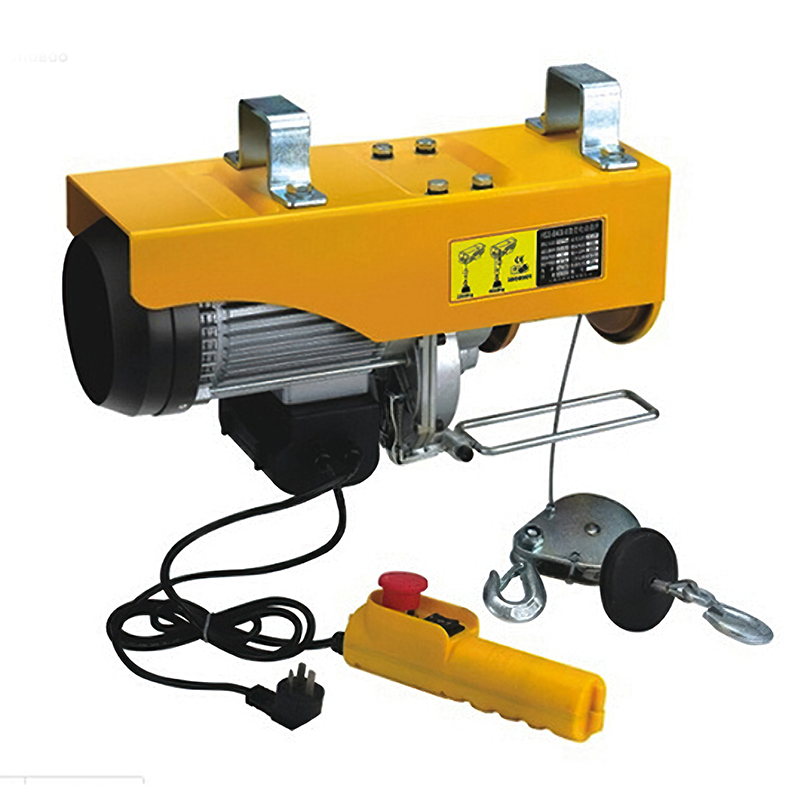Material handling is the backbone of efficient logistics, manufacturing, and construction operations. The right approach to material handling ensures products and raw materials are safely moved, stored, and processed throughout the supply chain—whether on a bustling construction site, inside a manufacturing facility, or across a vast warehouse. In today’s fast-paced industrial landscape, understanding the types of material handling equipment, their functions, and the latest safety and regulatory guidelines is crucial for cost-effective and productive operations.
Below, we’ll explore what material handling is, the main equipment types, the differences between manual, motorized, and automated handling, key system functions, safety and hazard prevention, and how optimal material handling design can transform warehouse efficiency.

Table of Contents
ToggleWhat Is Material Handling?
Material handling refers to the movement, protection, storage, and control of materials and products throughout manufacturing, warehousing, distribution, consumption, and disposal. It covers every phase in the logistics chain—from unloading incoming goods to storing materials, retrieving them for production, moving finished goods, and shipping them to customers.
A well-designed material handling system is essential for reducing labor costs, minimizing material waste, improving safety, and boosting overall productivity. To dig deeper into the concept, see What Is Material Handling?
Types of Material Handling Equipment
Material handling equipment comes in a wide variety to suit every task and environment. The main categories include:
- Manual Handling Equipment: Basic tools such as wheelbarrows, pallets, carts, trolleys, and hand trucks, typically operated by human power. Learn more at Material-handling Equipment
- Motorized Handling Equipment: Machines like forklifts for construction, pallet jacks, electric hoists and cranes, and powered conveyors. These reduce physical strain and increase throughput.
- Automated Handling Systems: Robotics, Vacuum Lifters, Automated Guided Vehicles (AGVs), Automated Storage and Retrieval Systems (AS/RS), and computer-integrated warehouse systems. These deliver the highest speed, accuracy, and labor cost reduction.
Specialized solutions like Aardwolf Slab Lifters and Jib Cranes are used for heavy and high-value products such as stone slabs, glass panels, and structural steel.
For more on the different categories and what best suits your business, see Material handling Equipment and What Is Material Handling Equipment.
Manual vs. Motorized vs. Automated Handling
- Manual Handling: Suitable for low-volume, low-weight applications or where flexibility is key. Common examples include moving boxes or picking small parts in assembly.
- Motorized Handling: Ideal for medium-to-large volumes and heavier items, as found in warehouses, construction sites, and manufacturing. Forklifts, electric cranes, and conveyor belts significantly boost capacity and safety.
- Automated Handling: Best for large-scale operations with repetitive movement. Automation minimizes human error, increases speed, and delivers real-time inventory and workflow visibility.
Want to know the difference between motorized and manual? Check out Which of the Following Is a Motorized Material Handling Device and compare with manual tools.
Key Functions and Systems in Material Handling
Material handling systems perform several core functions:
- Lifting: Using cranes, hoists, and lifters to raise heavy materials
- Transporting: Moving items across distances via conveyors, AGVs, or carts
- Storing: Solutions such as pallet racks, shelving, or automated storage systems
- Sorting & Picking: Directing materials to the correct locations with minimal waste or delay
Advanced material handling integrates all these functions into seamless, often automated, workflows to support high-throughput logistics and manufacturing.
Safety, Hazards, and Regulations
Material handling poses significant safety risks, especially when dealing with heavy, bulky, or hazardous materials. Common hazards include:
- Overexertion and musculoskeletal injuries from manual lifting
- Collisions and tipping with forklifts and carts
- Falling loads from improperly secured materials or equipment
- Exposure to hazardous substances in chemical or classified material handling
Best practices to improve safety and compliance:
- Invest in ergonomic tools and lifting aids to minimize physical strain
- Ensure all operators are trained and certified for motorized and automated systems
- Conduct regular inspections and maintenance on all material handling equipment
- Implement clear signage and traffic lanes in the warehouse
- Follow OSHA and other relevant local/international regulations
For an in-depth understanding, see Material handling Equipment.
Handling Hazardous and Classified Materials
When handling hazardous or classified materials, extra care is required. Specialized equipment, sealed containers, ventilation systems, and personal protective equipment (PPE) are often necessary. Automated systems help by reducing human exposure and tracking hazardous material movement.
For best practices and regulatory details, always consult local standards and the latest safety guidelines.
Warehouse Efficiency and Cost Optimization
Material handling is a key driver of warehouse efficiency and cost savings. Some proven strategies include:
- Layout Optimization: Design warehouse aisles and storage zones to minimize travel distance and bottlenecks.
- Inventory Management: Integrate handling systems with warehouse management software for real-time tracking.
- Automate Repetitive Tasks: Use conveyor belts, AGVs, and vacuum lifters to minimize manual labor and errors.
- Lean Material Flows: Organize workflows to reduce double-handling, waiting time, and excess inventory.
Proper equipment selection (e.g., Aardwolf Slab Lifters, Vacuum Lifters, Jib Cranes) can save substantial money by reducing damage, labor costs, and downtime.
Material Handling in Warehouse Design & Layout
The design and layout of a warehouse or construction site must account for the types of material handled, traffic flow, and equipment access. Key considerations include:
- Space Utilization: Racks and shelves should maximize vertical space without impeding access.
- Zoning: Separate receiving, storage, picking, and shipping areas for clear workflow.
- Equipment Compatibility: Ensure all material handling equipment fits the aisle widths, door heights, and turning radii.
- Safety Features: Install barriers, sensors, and alarm systems where needed.
Conclusion
Material handling is a critical element for success in construction, manufacturing, and logistics. With the right mix of manual, motorized, and automated equipment—supported by robust safety, layout, and optimization strategies—organizations can dramatically improve efficiency, reduce risk, and boost their bottom line.
For expert solutions and to explore leading-edge tools, visit Aardwolf Slab Lifters, Vacuum Lifters, and Jib Cranes for professional guidance.

















Please log in to leave a comment.